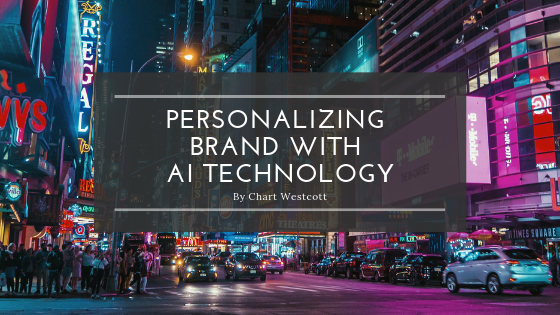Marketing was once a business of demographics. Businesses would pay big money for metrics on the habits and patterns of potential customers according to a variety of different vectors: race, gender, social class, geography, income. And while the ability to cross reference these different vectors allowed for a fairly sophisticated level of customer targeting, it was an inherently imperfect process. The complicated preferences of an individual can’t be determined by the habits of their peers. But brands today have a new tool in their arsenal – artificial intelligence – and it’s creating a level of marketing that’s rapidly approaching one to one targeting.
This new breed of marketing is revolutionary, but it wouldn’t have come about without the transformative rise of the internet. Today’s customers interact with the digital space in practically every aspect of their life, and every point of contact with an online channel or touchpoint provides real and actionable data about the consumer’s habits and preferences, independent from the more imperfect standards of demographic-based marketing. Gathered together, this information creates a comprehensive profile of an individual, and that’s like liquid gold for brand marketing.
But sorting through that data as a human is a herculean task, and it’s exceedingly impractical when you have to consider the cost-benefit ratio of these tasks on an individual level. That’s where artificial intelligence places such a crucial role. Complex algorithms simplifies the process of gathering and processing this data, allowing detailed profiles to be created for each user, but A.I. does more than just create profiles that can just be sent to the marketing team. It can fundamentally automate the advertising delivery process by providing customers with advertisements tailored to their own unique needs and interests. And since artificial intelligence is a self-learning technology, it only becomes more sophisticated with each iteration.
These functions of artificial intelligence can also drive a brand’s marketing on a macro level. Advertisers only have so many resources to create advertisements, and that means that they have to be smart about what those advertisements look like. By compiling individual user information in aggregate, advertisers and marketers can receive more detailed demographic information on their most profitable audiences, segment them more effectively, and create tailored content that’s more likely to attract the eye and convert potential leads.



